It was midnight on a hot, sticky Costa Rican beach and I was so exhausted from jet lag that I had started hallucinating dark shapes in the ocean. We’d been walking on the starlit beach for a few hours following our enthusiastic guide, Kloyd Taylor, whose response to almost anything was a cheery “Pura vida!”. We weren’t far off midnight when our permits were due to expire, and we had to be off the beach. I had just started to give up hope when we spotted the frantic flashing of red torches a few hundred metres down the beach.
We ran towards the lights, stumbling over logs in the dark to reach the team of researchers who were busy observing a 500-kilogram leatherback turtle as she nested. Keeping out of her line of vision, we huddled behind her to watch white, bouncy-looking eggs plop on top of each other in the sandpit nest she’d dug with her massive flippers. Once she’d finished laying, she started to cover up her nest, throwing up flipperfuls of sand like an extremely slow industrial digger.
It was both thrilling and humbling to witness something that’s been happening since the time of the dinosaurs. Sea turtles are among the oldest creatures on Earth: they’ve been around for 100 million years. The first thought I had when I saw the leatherback was that she looked almost too prehistoric to be real, with a giant knobbly shell and tough, thick skin the texture of an antique leather suitcase.
Sea turtles have been laying their eggs the same way for all this time, but it’s only in the past few centuries that they’ve come under severe threat from humans eating them, stealing their eggs, killing them in fishing lines and polluting the oceans they live in. It’s devastating to think that such beautiful, gentle animals could be wiped out in a matter of decades after being on the planet for so long (there’s only an estimated 40 000 female leatherback turtles left).
This brings me to why we were on a beach in Tortuguero National Park in the middle of the night in the first place: to help the Sea Turtle Conservancy with their turtle conservation work. It was the second night of a 10-day journey through Costa Rica with Contiki and Celine Cousteau, a documentary filmmaker (and granddaughter of Jacques Cousteau, the legendary French explorer and conservationist).Established in 1959, the Sea Turtle Conservancy (the world’s oldest sea turtle organisation) is run with the help of donors such as Contiki Cares, Contiki’s sustainability program, which supports conservation projects around the world.
Three species of turtles nest on the 30-kilometre-long beach in Tortuguero – leatherback, green and hawskbill. From March to October about a thousand leatherback turtles in total lay their eggs here, while there are 700 green turtles which nest here each night (Tortuguero is the most important green turtle nesting site in the Western hemisphere). The Sea Turtle Conservancy researchers get to as many turtles as they can, record their observations and tag the turtles. The tags have turned up on the other side of the world, showing just how far these turtles travel. On the Conservancy website you can actually track some of the satellite-tagged turtles (and adopt one of them) as they swim across the ocean.
Even though it’s illegal, people still steal turtle eggs and sell them, so not only are researchers from the Sea Turtle Conservancy engaged in important research work, their presence on the beach each night deters poachers. If the eggs are left to hatch, the turtle hatchlings are highly vulnerable to being eaten by dogs, birds and jaguars (it’s believed that the healthy population of jaguars in Tortuguero is partly due to turtles being an easy source of food).
It was incredibly disheartening to find out that the next morning, when we were in the village school, watching volunteers from the Sea Turtle Conservancy try to educate the local kids about environmental awareness, recycling and turtle conservation, someone had gone to the turtle nest of the previous night and dug up all the eggs we’d watched being lain.
This just proved how vital the work is that the Conservancy is doing – and how important education is. The researchers we spoke to said that the local village children tell them that their parents eat turtle eggs but that they refuse to: a positive sign for the longevity of the 100-million-year-old sea turtles.
Find out more about the Sea Turtle Conservancy and how you can help save turtles in Costa Rica.
I was a guest of Contiki on their Costa Rica Unplugged tour. To find out more about this awesome trip, check out the itinerary here.
Google+
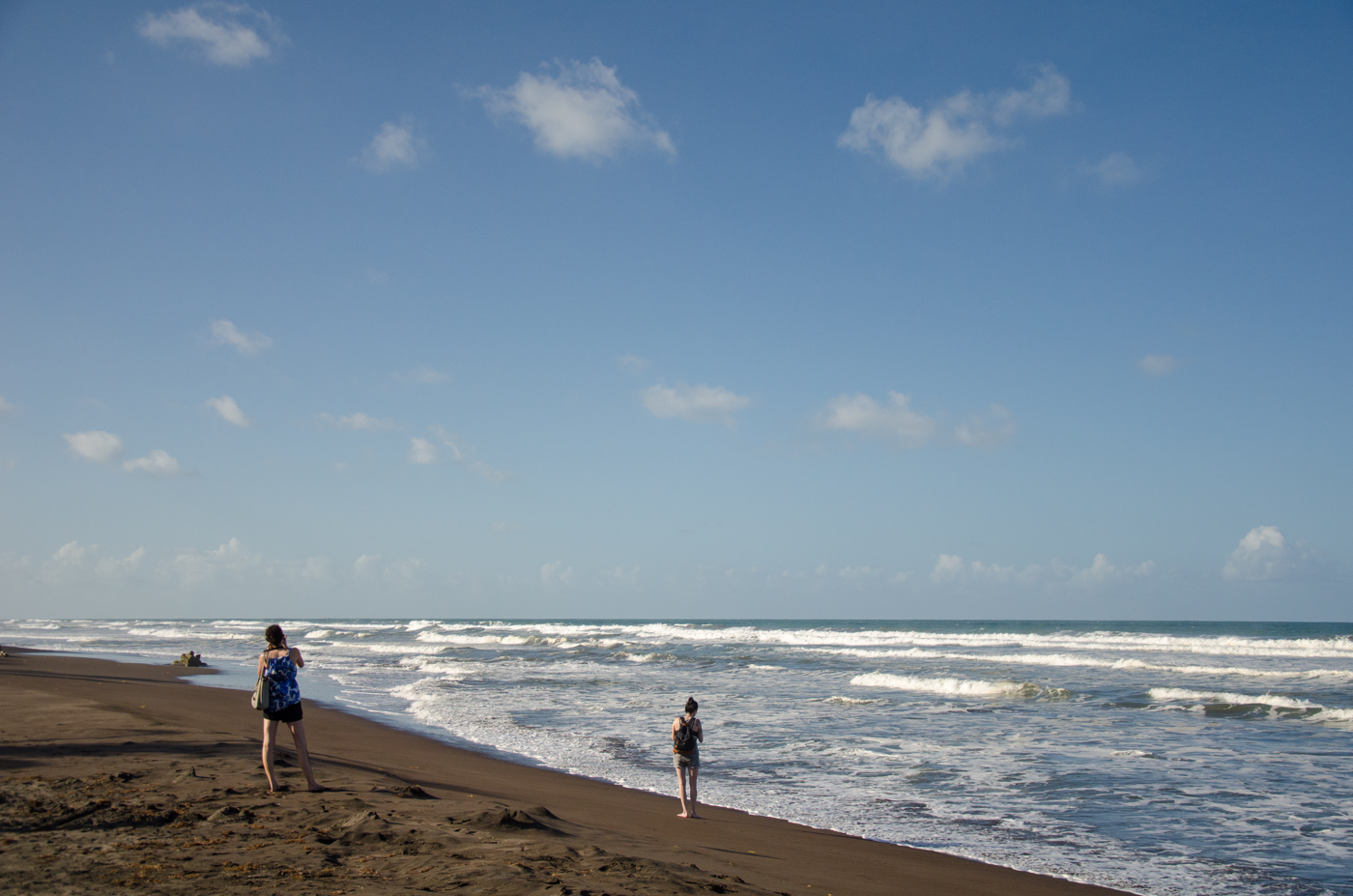
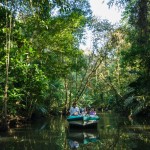
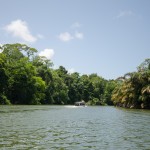

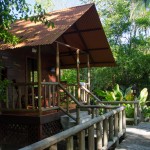
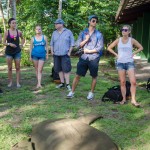
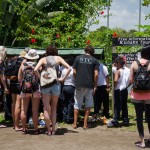
I can’t say I envy you the humidity or even the hallucinations, but I deeply envy you for the awe of seeing this ancient ritual. So disheartening to know the eggs were stolen. We as humans have an awful lot to answer for in our dealings with nature.
Thanks for your comment, Roxanne. Yes, it was incredibly disheartening! I guess the main thing is not to get despondent but to each try and help in our own way.
Saving endangered sea turtles sometimes seems to be a losing battle… We’ve participated in programs on Mexican beaches to help release baby sea turtles to the sea – it’s so sad to see birds swoop in and grab the hatchlings flailing around in the surf. Perhaps, however, this Costa Rica conservancy and other sanctuaries around the world will help tilt the scales in favor of the turtles’ survival…